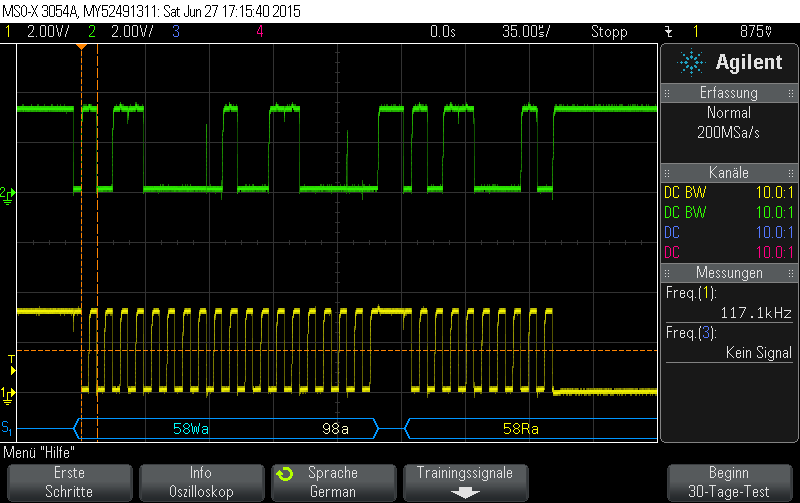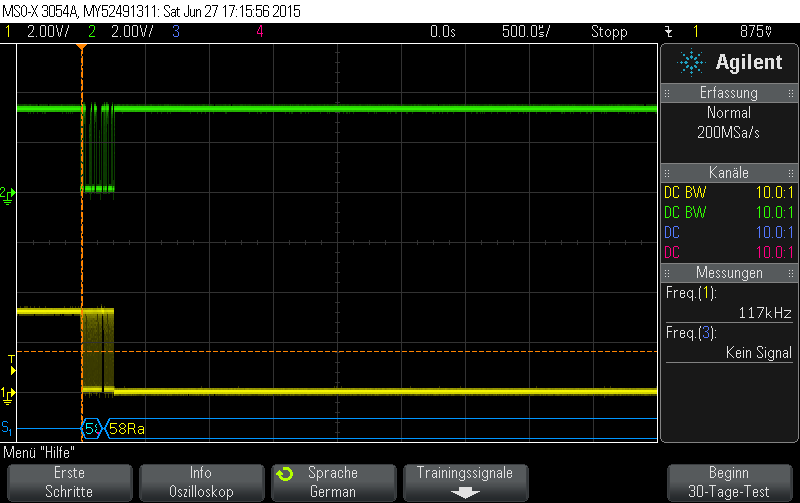Hi,
I want to add PMBus functionality and it would be helpful to have Debugging Features like breakpoints.
I use an UCD3138OL64EVM-031 Rev. A board and an USB Interface Adapter. Uptil now I compiled my code with the Code Composer and load the Image on my board using the UCD3xxx Device GUI. With this Software I could observe variables and set variables and Registers.
Now I want a real developing Scenario. As I tried to start the program, the Code Composer told me, I have to create a target control file. I found lot of targets listed, but unfortunately, no UCD3138 or my board.
Is there any way to get this going?
Thanks for helping.
With best regards
Gerhard



